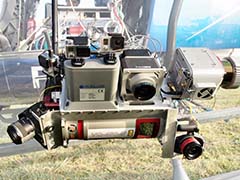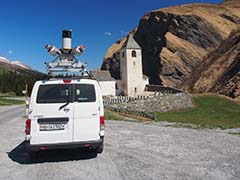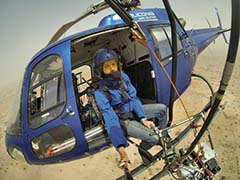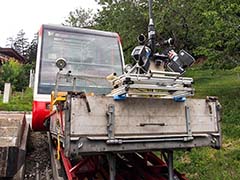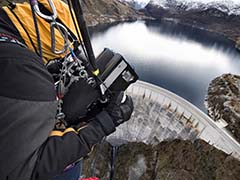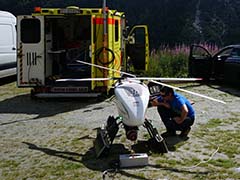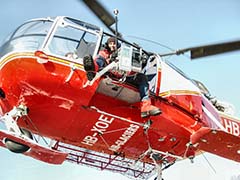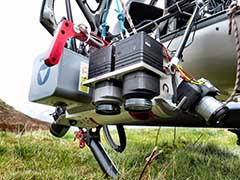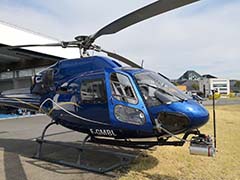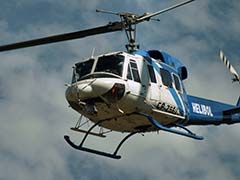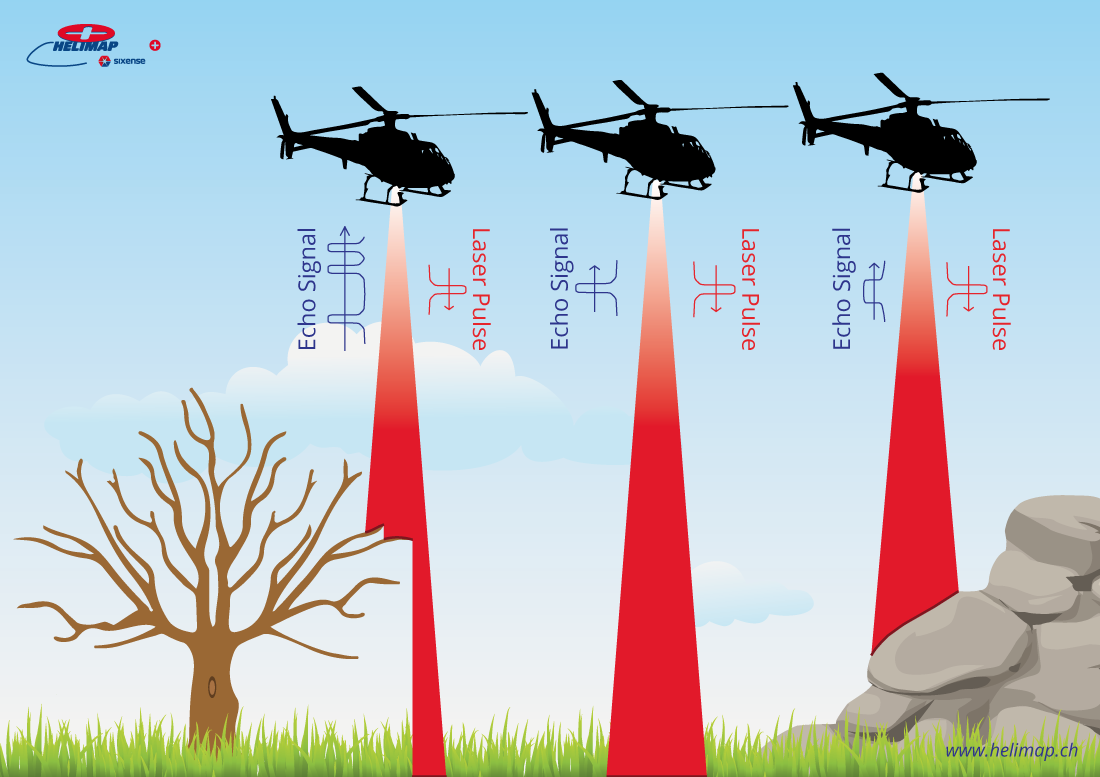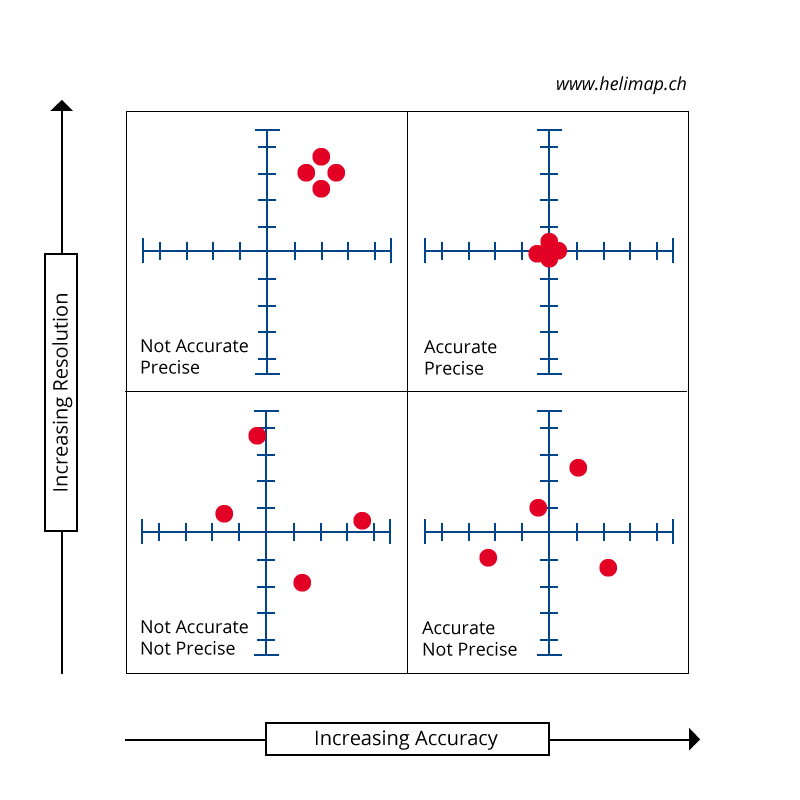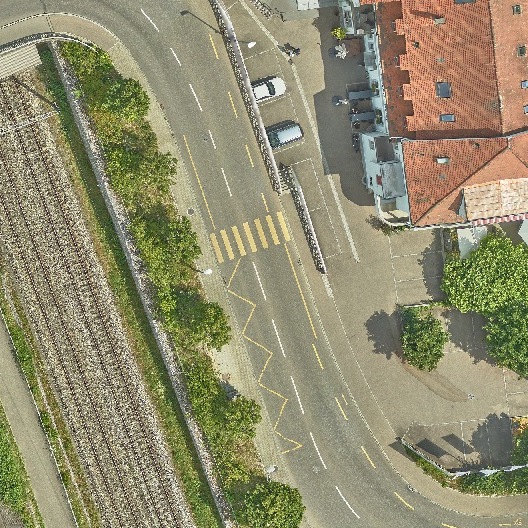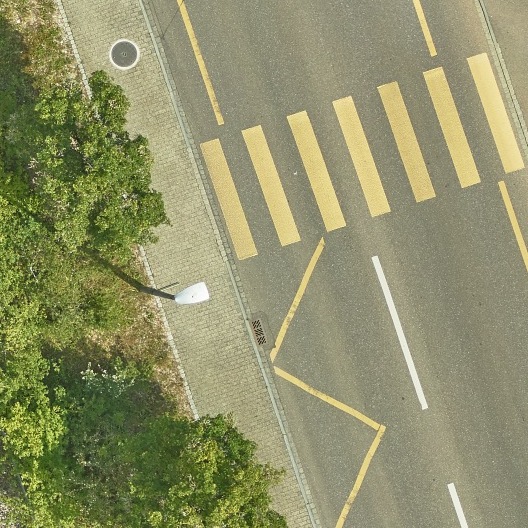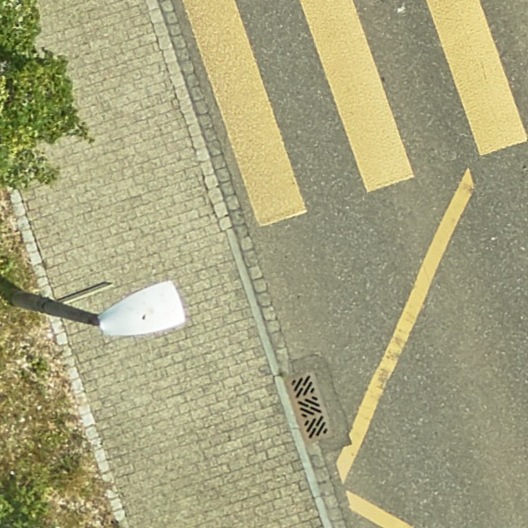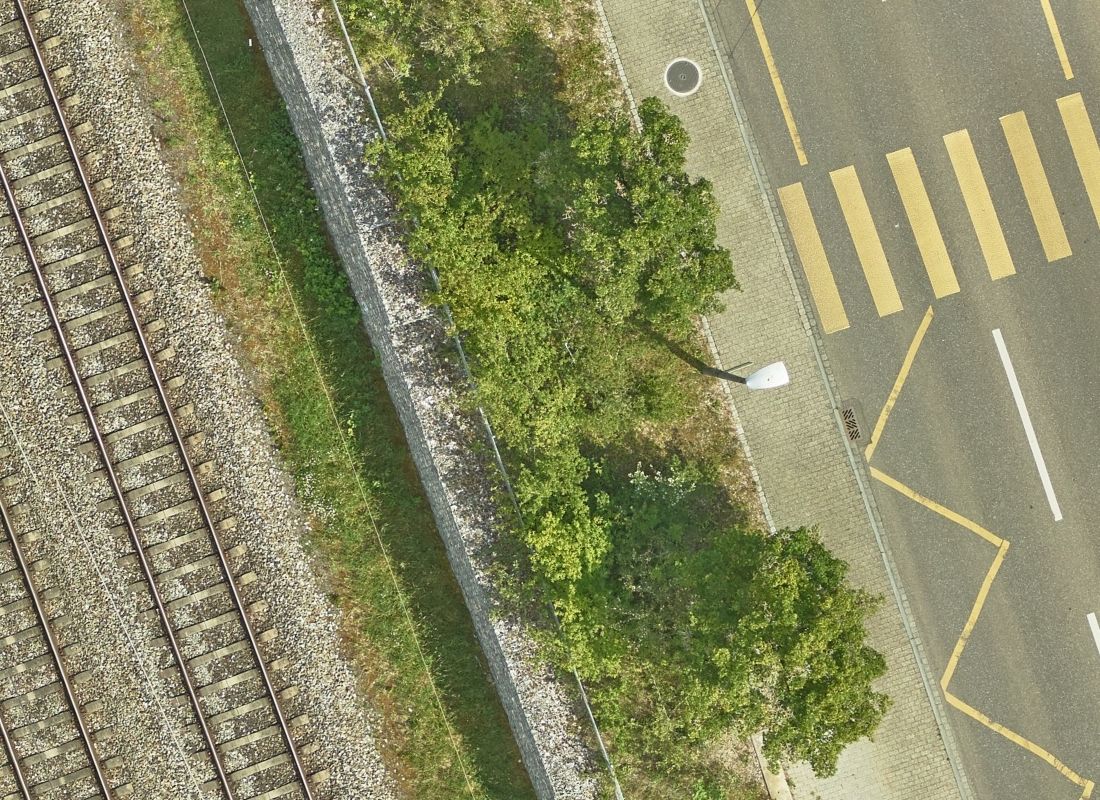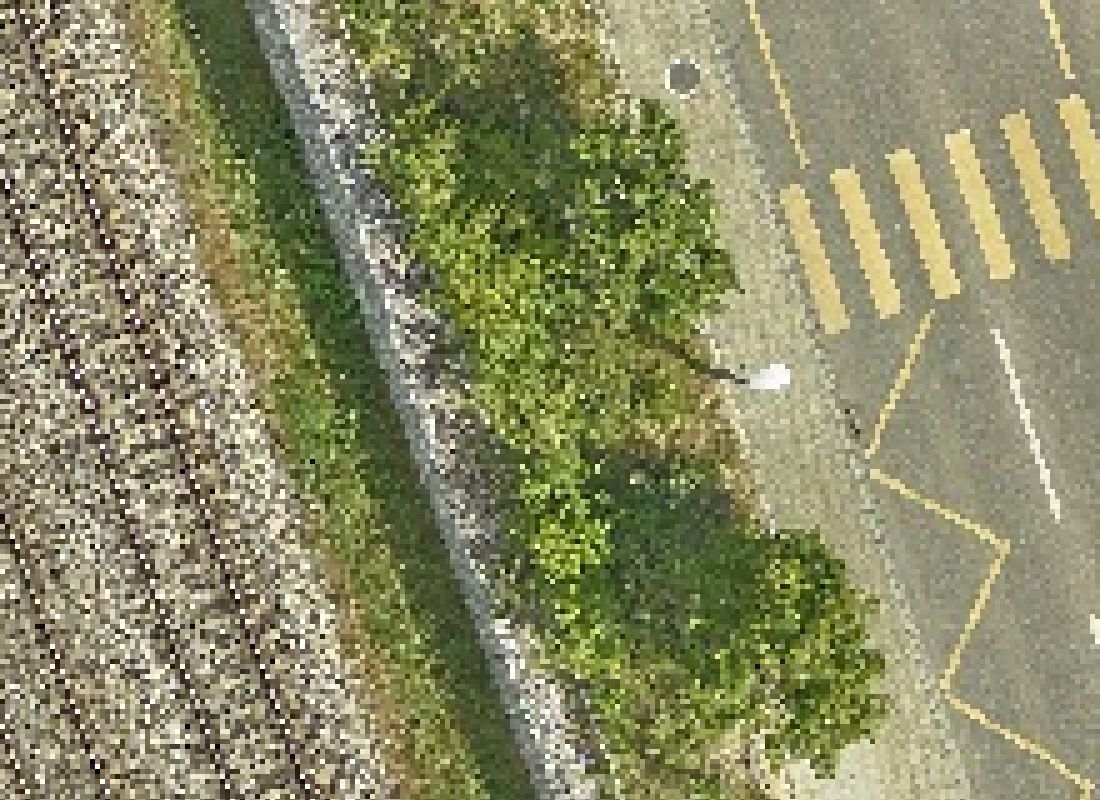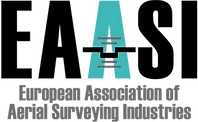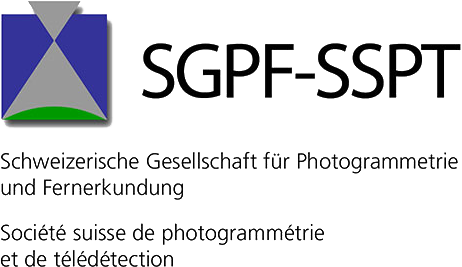Technology
The Helimap System® technology is based on heliborne lasergrammetry (LiDAR) and digital photogrammetry. The use of airborne vectors allows us to reach even the most inaccessible project sites.
Sixense Helimap uses its own equipment, designed in-house and protected under the name Helimap System®. This technology is the fruit of a joint research carried out in the laboratories of photogrammetry and topometry of the Swiss Federal Institute of Technology Lausanne (EPFL).
Helimap System® is based on the combination of a laser scanner, a high-resolution digital camera and a very high quality direct georeferencing navigation system (GPS-IMU).
More than 15 years of experience
Active since 2003 as a LiDAR pioneer, and since 2008 as a public limited company, we have more than 15 years of experience in the field. An added value that will show up in your projects.
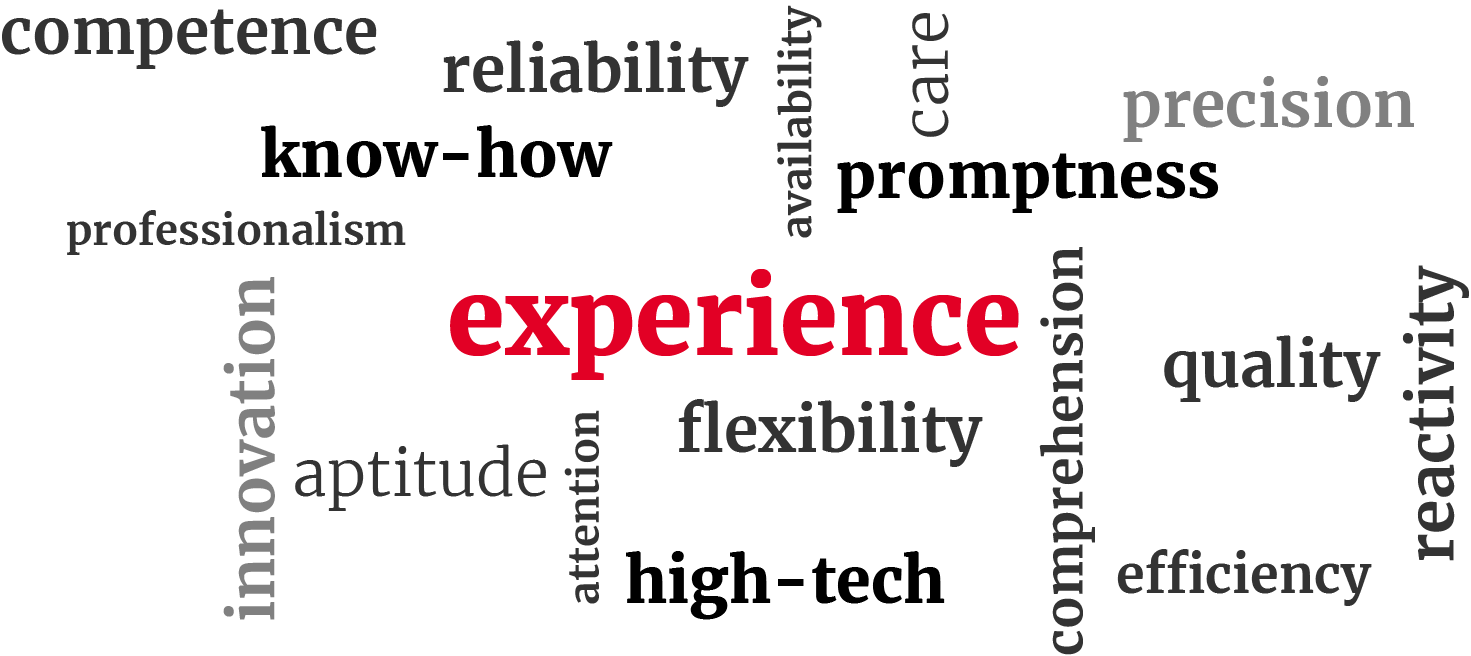
Components
8 systems that can be mobilized on demand
LiDAR and photogrammetry – powerful technologies
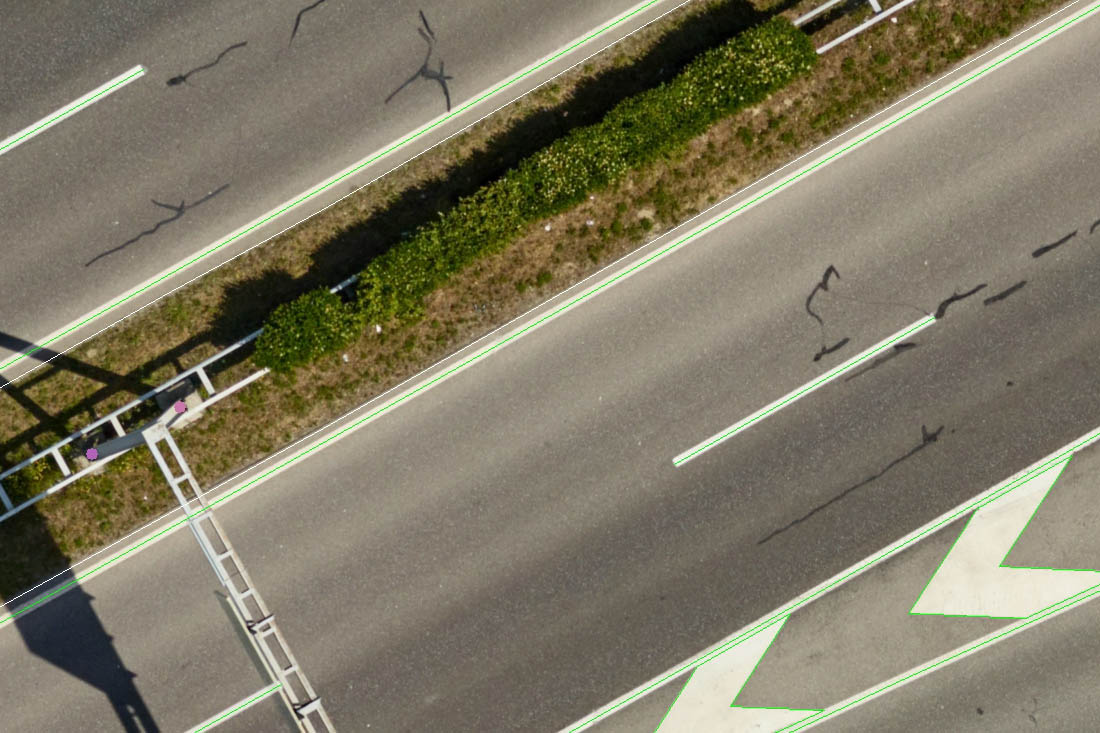

Figure: High-resolution orthoimage and LiDAR point cloud with intensity information
Advantages of the LiDAR-photo combination
Aerial geodata acquisition – fast, accurate & flexible
Helimap System® is easily installed on different types of carriers. From a helicopter, it can even be oriented manually by the operator. This unique operating mode developed by Helimap offers a flexibility unmatched to date and guarantees homogeneity and high accuracy of the data regardless of the terrain layout. This approach is remarkable for cliff and vertical structure surveys.
Vertical
acquisition
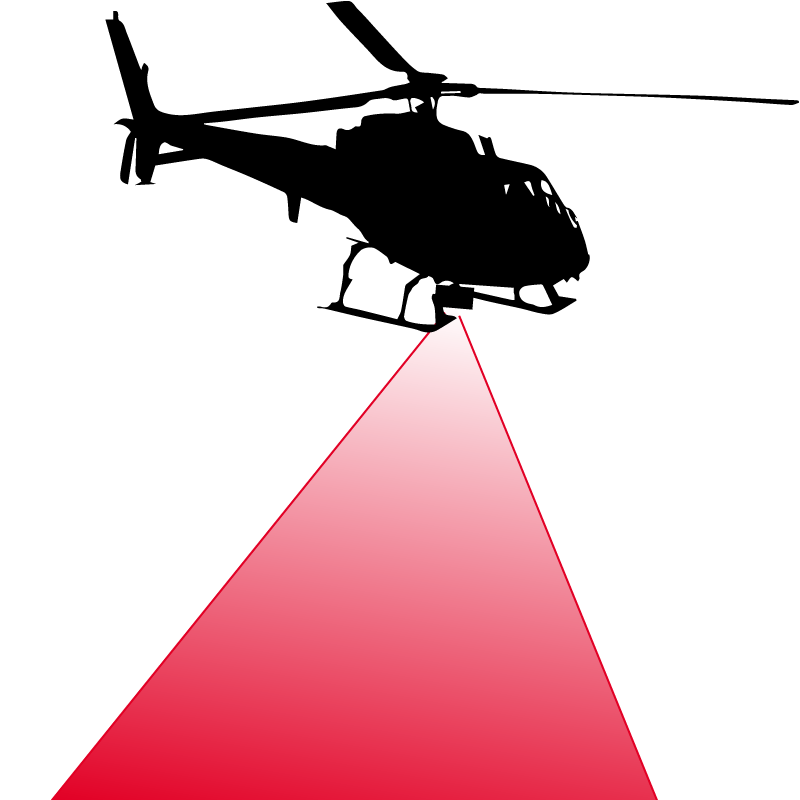
Oblique
acquisition

Acquisition by
UAV
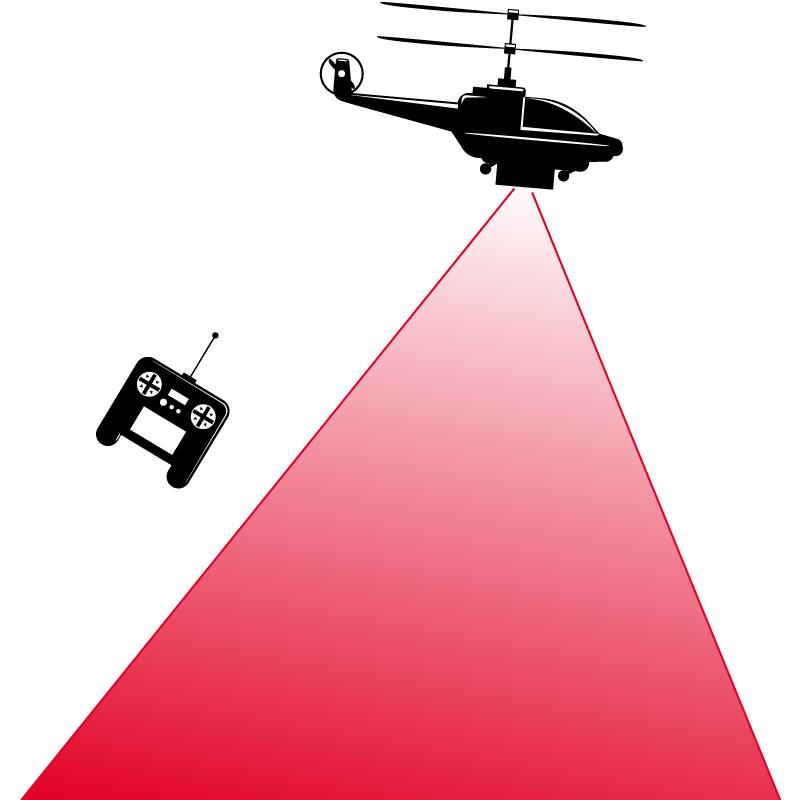
Acquisition by ultralight/aircraft
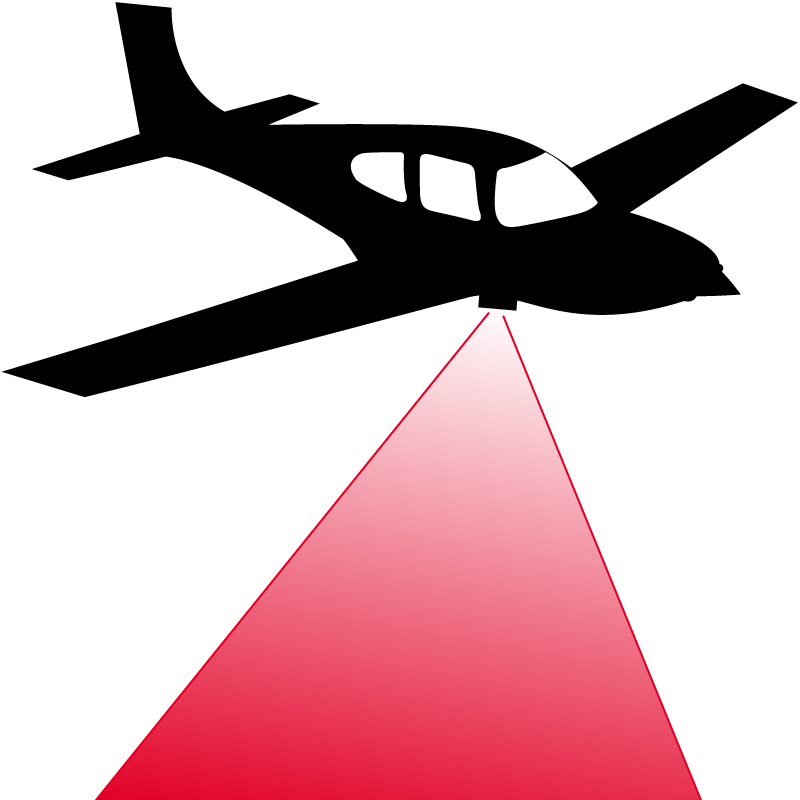
Terrestrial acquisition of geodata – Mobile mapping on road, rail, boat or other carrier
The Helimap System® technology can also be deployed on land vehicles, trains or boats. An operational mode that perfectly complements aerial measurements by offering new perspectives, especially for engineering structures such as underpasses or tunnels.
Acquisition by
land vehicle
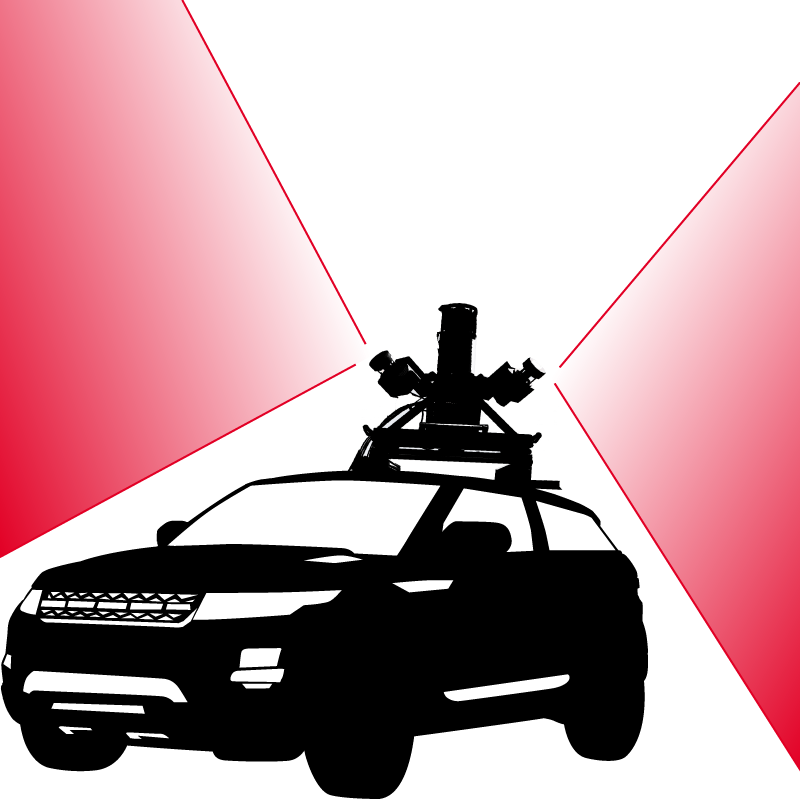
Aerial survey performance
We like to quantify the performance of our systems based on the accuracy of the point cloud offered and the quality and resolution of the accompanying imagery.
The table below shows these values as a function of flying height for our airborne systems.
| Flying height [m] | 100 | 300 | 500 | 700 |
|---|---|---|---|---|
| Nominal point density LiDAR max. [pt/m2] (per pass) |
800 | 250 | 150 | 100 |
| Relative precision LiDAR [cm] | 1 | 1-2 | 1-2 | 2-3 |
| Abs. precision LiDAR XY [cm] (without GCP) |
3-5 | 5-7 | 10 | 15 |
| Abs. precision LiDAR Z [cm] (without GCP) |
3 | 5 | 5-7 | 10 |
| Resolution Ortho [cm] | 0.5 | 3 | 5 | 7 |
| Abs. precision Ortho [pix] (without GCP) |
2 | 2 | 2 | 2 |

